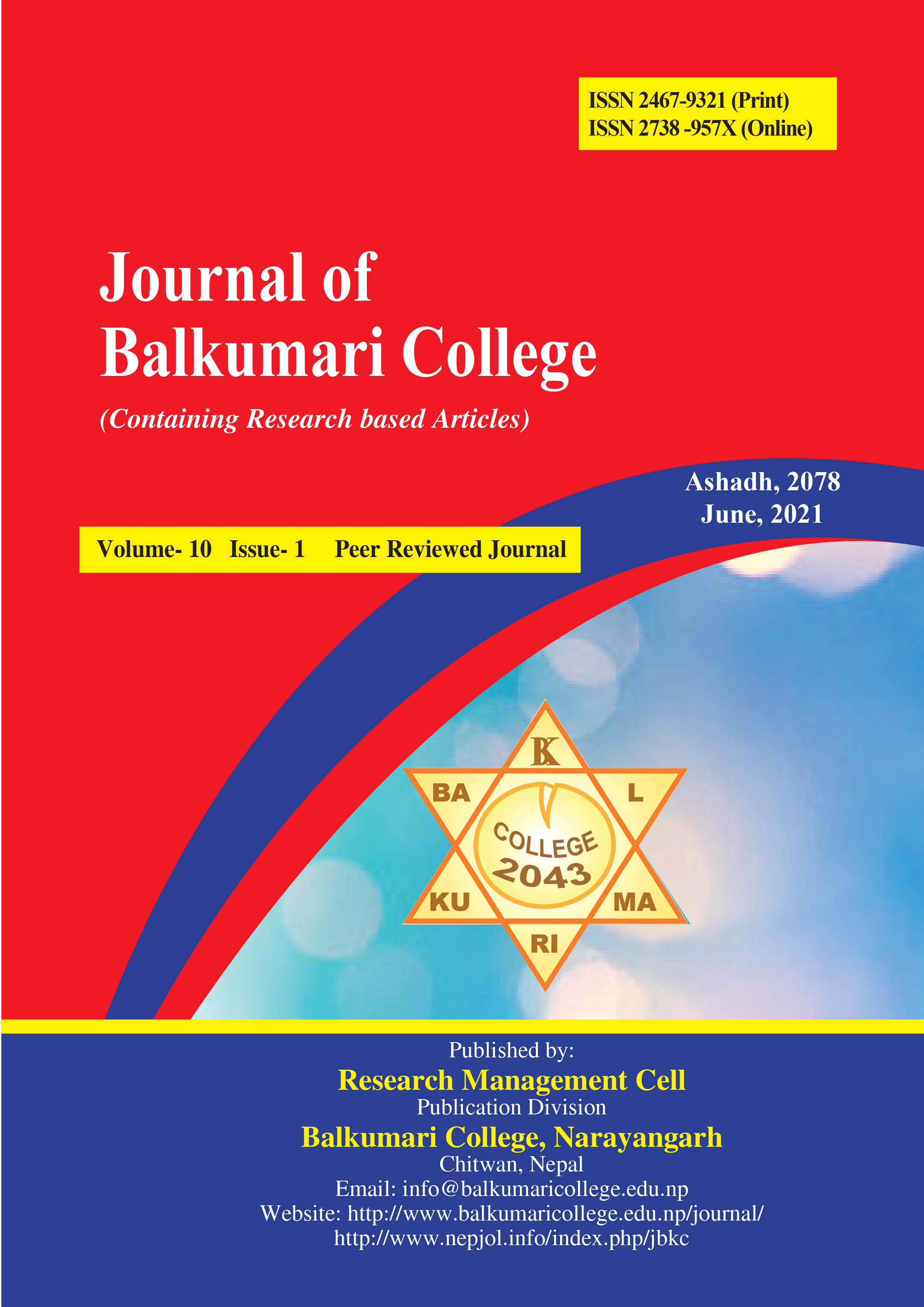Ranahar: Textuality of History, Culture and Politics
DOI:
https://doi.org/10.3126/jbkc.v10i1.42090Keywords:
Historicism, new historicism, textuality, ambiguity, cultural politicsAbstract
The question of the relation between the history and the literature is a central question of historicism and new historicism. Literature is not possible without the influence of the time; past or present. The depiction of the past is the picture of history in the text, and the portrayal of present becomes the history in the future, hence the literary text is not free from the history in any way. Furthermore, some tests intentionally present the history, not as exactly as the history, but as the interpretation of the history, hence the mode of new historical way of understanding the text. Yogesh Raj's Ranahar provides the lost history of Malla dynasty, primarily the history of the last Malla king, Ranajit. The book is not a pure imagination, neither is it a pure history, but it has the combination of the historical facts and his imagination. Reading this novel, as a fiction, just as pure imagination is an injustice to the veiled part of its history. With the background of the history of Bhaktapur, this article examines the novel Ranahar from historical and new historical perspective on how literature has become a medium to reveal the lost history, the textuality of history.




